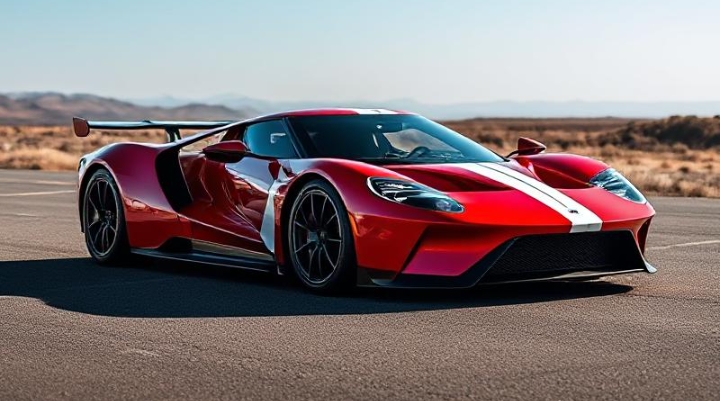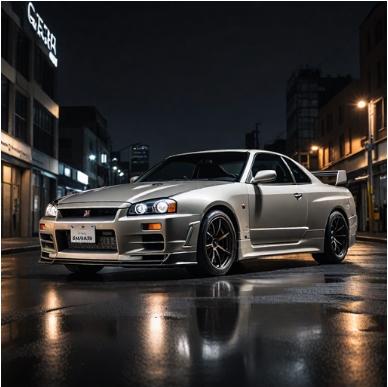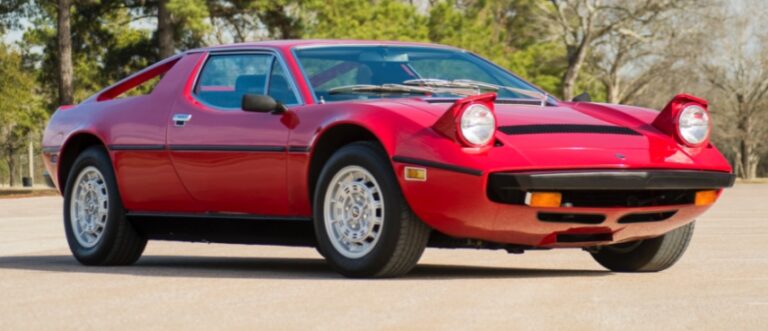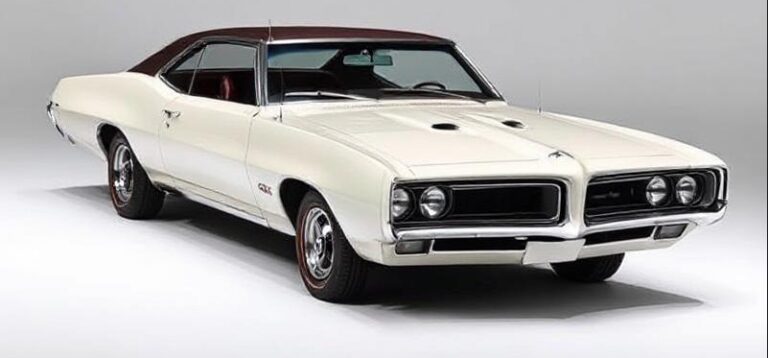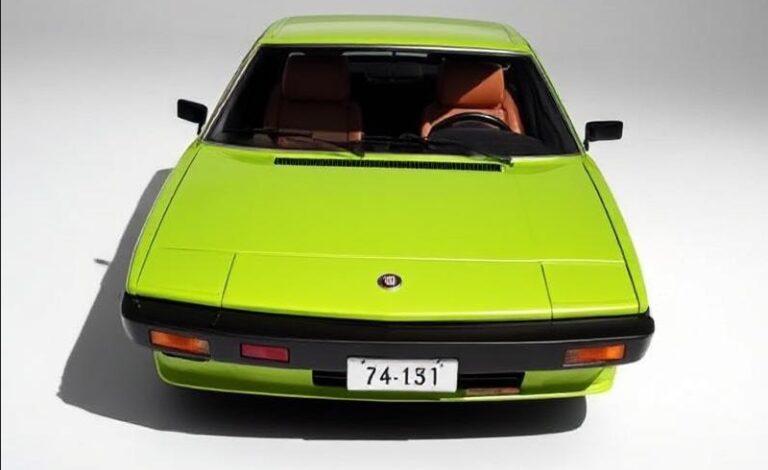The Evolution of the Maserati GranSport
Introduction
The Maserati GranSport stands as a significant chapter in the Italian automaker’s storied history, representing a period of rapid development and technological advancement in Maserati’s lineup during the early 2000s. Launched as a successor to the Maserati 3200 GT, the GranSport was designed to combine high-performance driving with refined luxury, embodying Maserati’s racing heritage and craftsmanship. This article traces the full evolution of the Maserati GranSport, detailing its production years, model variants, and trim levels.
Origins and Development (Pre-Production Context)
Before the GranSport, Maserati’s GT lineup was epitomized by the 3200 GT, produced from 1998 to 2002. The 3200 GT was known for its twin-turbocharged V8 engine and grand tourer appeal but was beginning to show its age by the early 2000s. Maserati aimed to create a more modern, dynamic successor that would uphold its racing pedigree and appeal to enthusiasts seeking a more engaging driving experience.
The development of the GranSport was announced in 2003, with the model officially debuting at the Geneva Motor Show in March of that year.
Production Timeline and Overview
- Production Years: 2004–2007
- Assembly Location: Modena, Italy
- Platform: Based on the Maserati 4200 GT chassis, sharing much of its mechanical architecture
The Maserati GranSport was produced over approximately four years, with a focus on refining the design, performance, and driving dynamics. It was eventually succeeded by the Maserati GranTurismo in 2007.
First Generation Maserati GranSport (2004–2007)
Introduction and Design
The first-generation GranSport was introduced as a more aggressive, performance-oriented evolution of the 4200 GT. It retained the 4.2-liter Ferrari-derived V8 engine but featured numerous enhancements, including a stiffer chassis, improved aerodynamics, and refined suspension, to deliver sharper handling.
The exterior design was characterized by a more aerodynamic front bumper, side skirts, and a rear spoiler, giving it a more muscular stance. The interior saw upgrades with sportier touches, including optional racing-style seats and premium materials.
Powertrain and Performance
- Engine: 4.2-liter naturally aspirated V8 (Ferrari/Maserati F136 EAH)
- Power Output: Approximately 400 horsepower at 7,000 rpm
- Torque: Around 340 lb-ft at 4,750 rpm
- Transmission: 6-speed Cambiocorsa automated manual (F1-style paddle-shift) or 6-speed manual (later models)
- Performance: 0-60 mph in approximately 4.8 seconds; top speed around 180 mph
Model Variants and Trim Levels
During its production run, the GranSport was offered in several trims and special editions:
- Maserati GranSport (Standard)
- The baseline model featuring the 4.2L V8, with options for manual or Cambiocorsa transmission.
- Standard interior with leather upholstery, dual-zone climate control, and Bose audio.
- Maserati GranSport Spyder (2006–2007)
- Convertible variant with a power-retractable soft top.
- Same powertrain as the coupe but with added open-air driving experience.
- Slightly heavier due to structural reinforcements.
- Maserati GranSport Limited Editions
- Nero Corse Edition: Black exterior with unique badging and interior trim.
- Le Mans Edition: Commemorating Maserati’s racing heritage, featuring exclusive badging and interior accents.
Mechanical and Technological Upgrades
Throughout its production, the GranSport received numerous upgrades:
- Chassis and Suspension: Upgraded to improve handling, with stiffer springs and updated shock absorbers.
- Brakes: Larger Brembo brake calipers and rotors for improved stopping power.
- Electronics: Introduction of stability control systems such as Maserati Stability Program (MSP).
- Transmission: The Cambiocorsa automated manual received software updates for smoother gear shifts.
.
MANY auto lovers not only spend time in their garages to tinker on their autos, but have other projects going on in there as well. Wood working is a popular pastime for the creative type of individual. Not sure what to make next? Or thinking about getting into this kind of hobby? There’s lots of possibilities… Here’s some of them…

.
Special Editions and Notable Models
Maserati GranSport MC Victory (2005)
- A limited edition, celebrating Maserati’s racing success.
- Features included unique badging, special interior trim, and performance enhancements, including a sportier exhaust.
Maserati GranSport Trofeo (2004)
- Although not a production model, the Trofeo was a race-oriented version showcased in motorsports, influencing later track-focused models.
Transition to the Maserati GranTurismo (Post-2007)
By 2007, Maserati introduced the GranTurismo, which marked the end of the GranSport’s production. The new model featured a 4.2L V8 engine with improved refinement, a more luxurious interior, and a design that emphasized elegance alongside sportiness. The GranSport remained a beloved model for enthusiasts but was phased out in favor of the more versatile GranTurismo.
Legacy and Impact
The Maserati GranSport remains a significant model in Maserati’s history for its blend of raw performance, Italian styling, and racing pedigree. Its production run was relatively short but highly impactful, setting the stage for future models that would continue Maserati’s tradition of luxury sports cars.
The GranSport’s reputation for dynamic handling and spirited driving has made it a sought-after collector’s item. Its various editions and the availability of both manual and automated transmissions cater to a broad range of driving enthusiasts.
Conclusion
The Maserati GranSport, produced from 2004 to 2007, exemplifies Maserati’s commitment to combining luxury with high performance. Its evolution from the 4200 GT involved significant enhancements in design, mechanics, and electronics, making it a standout model in early 2000s sports car manufacturing. Multiple trim levels and special editions offered buyers a range of choices, from refined luxury to track-ready performance.
Today, the GranSport remains an iconic model cherished by collectors and enthusiasts for its passionate driving experience and embodiment of Maserati’s racing heritage. Its legacy endures as a bridge between the classic Italian GTs of the past and the modern, high-tech sports cars of today.


